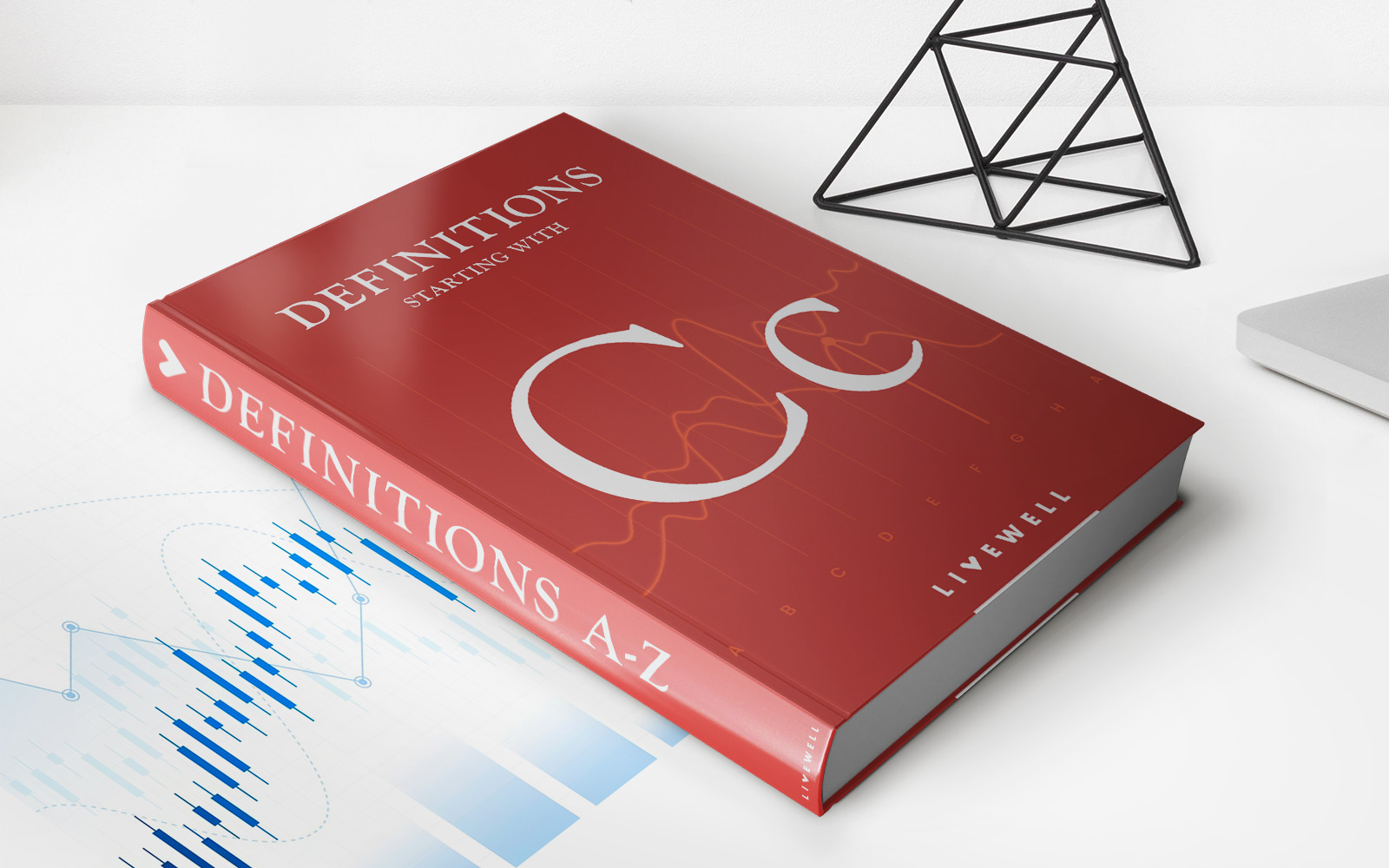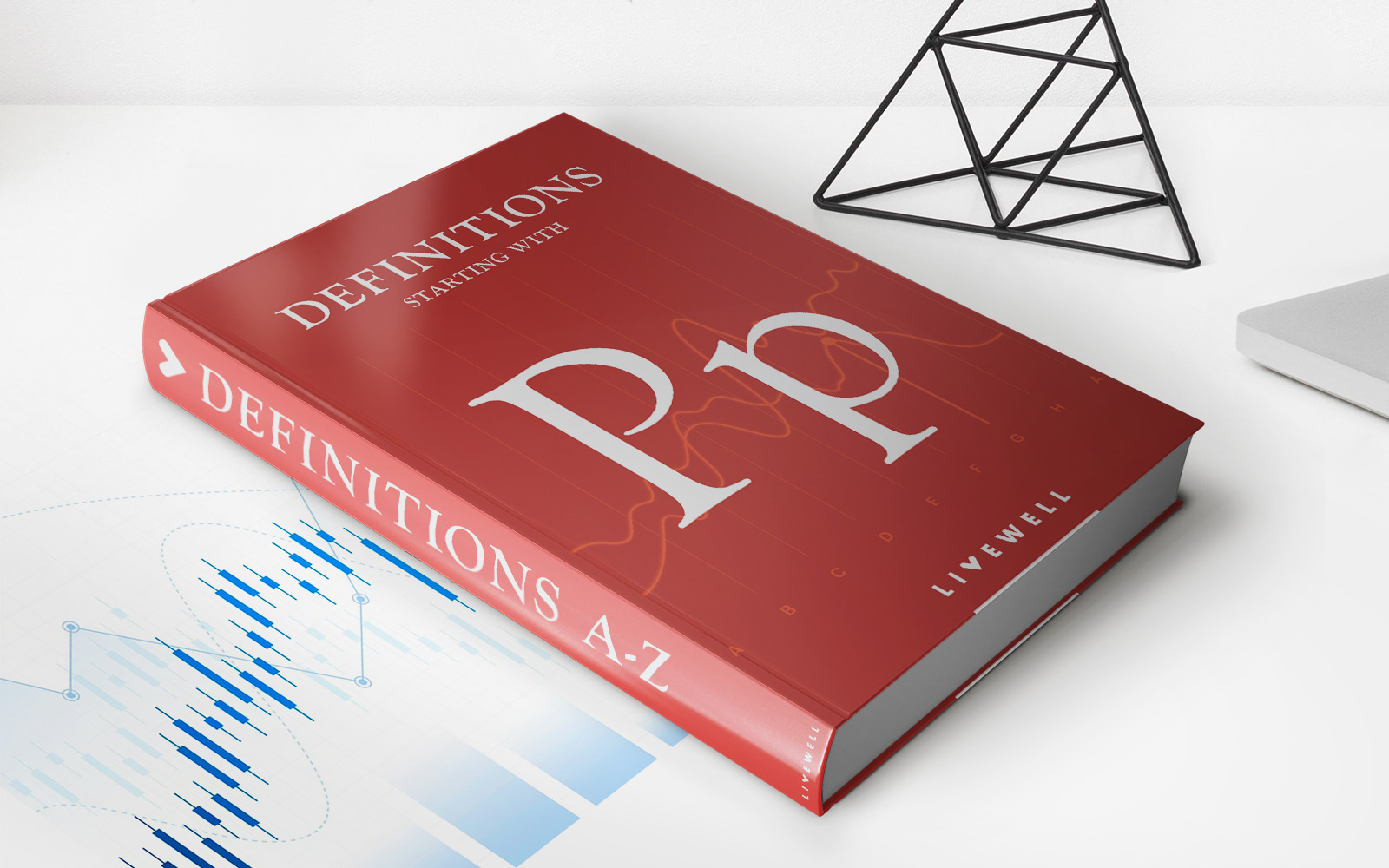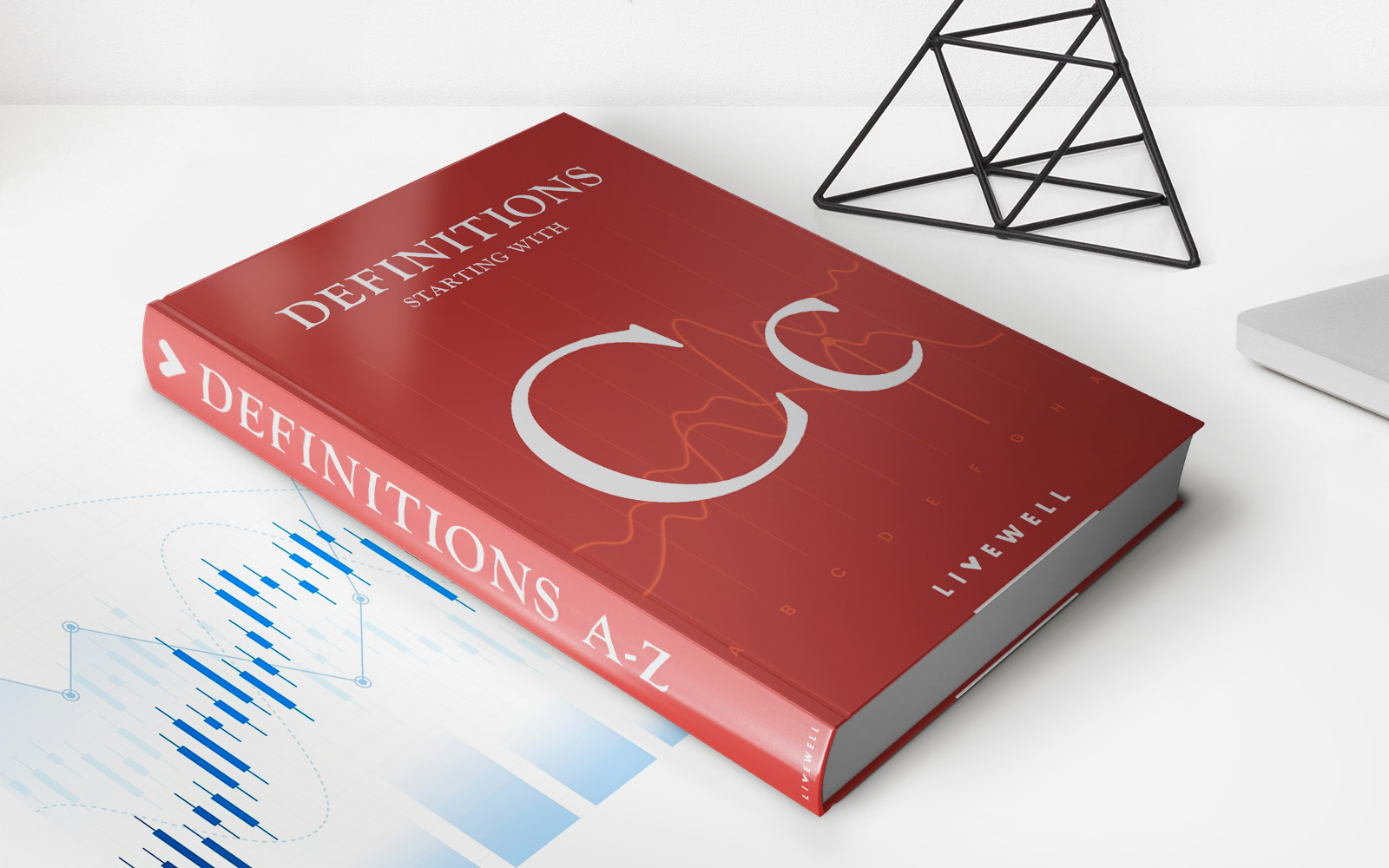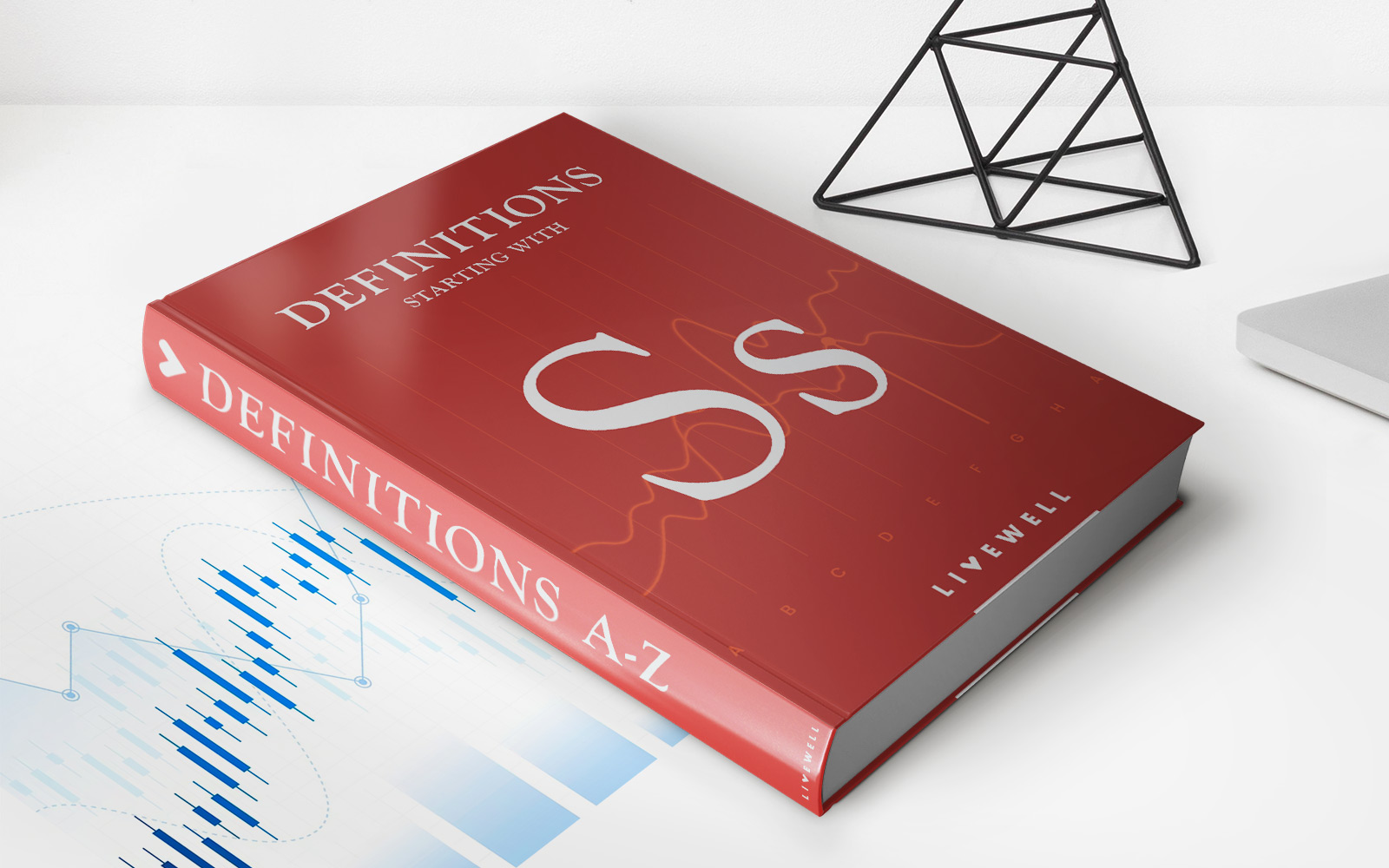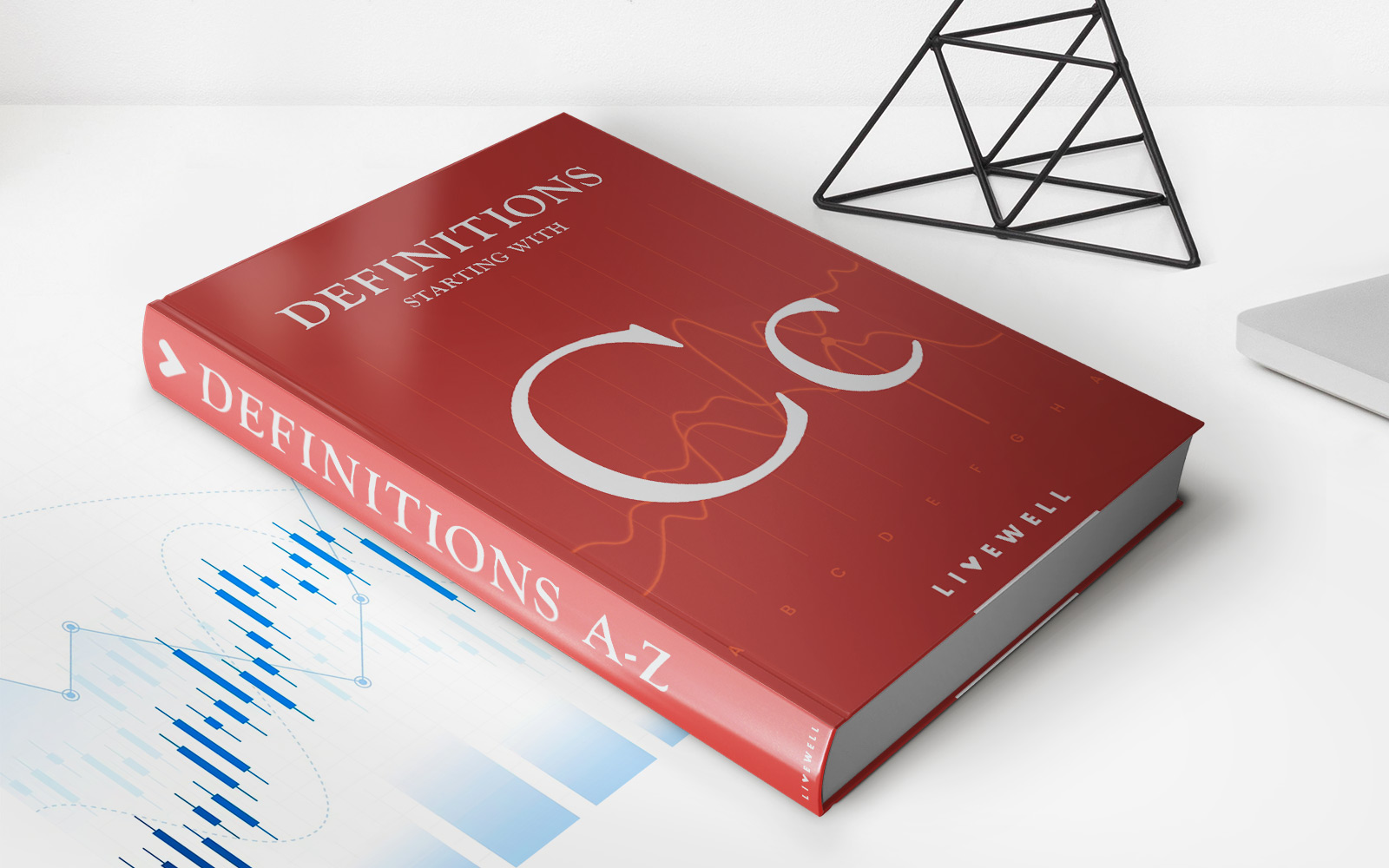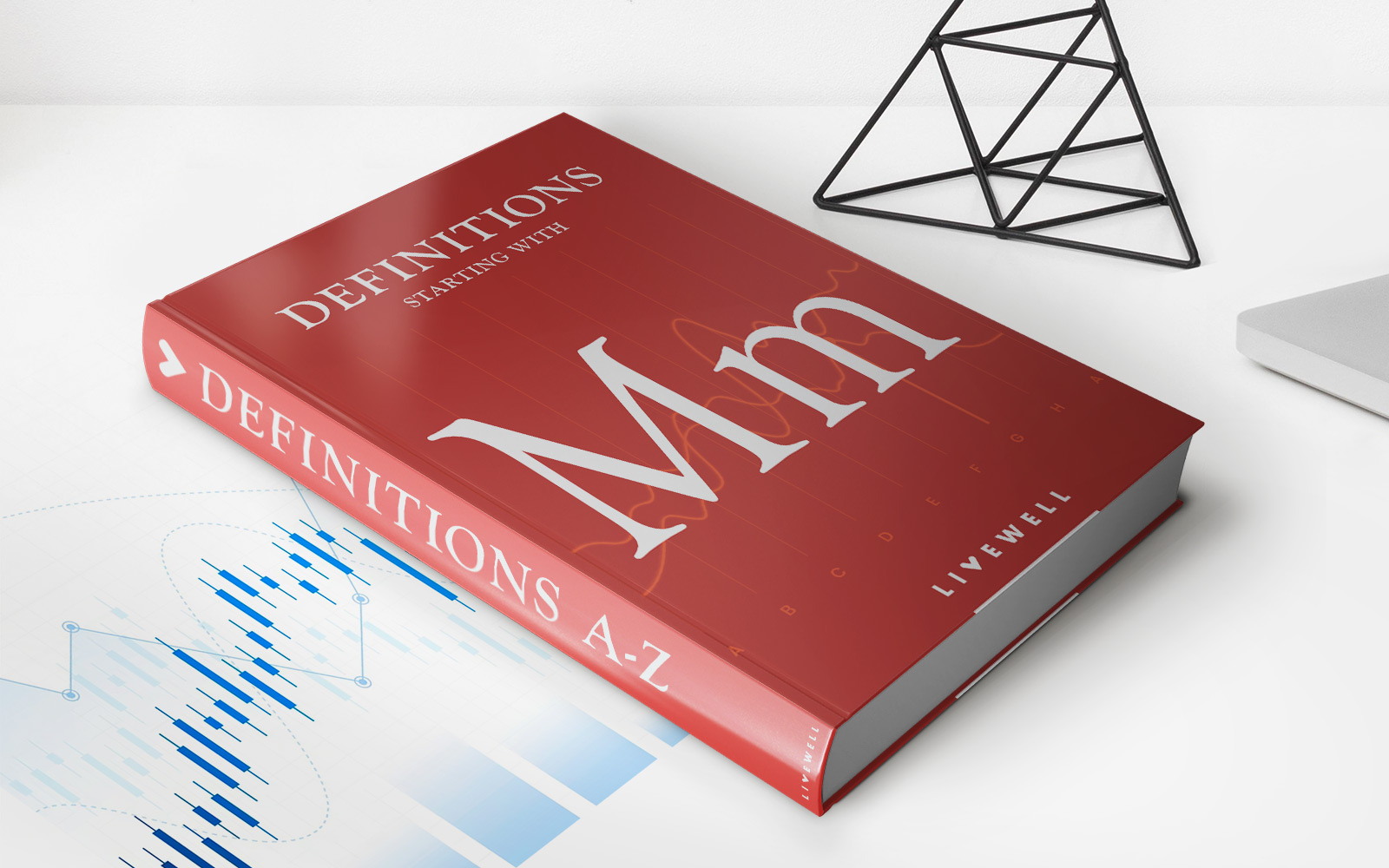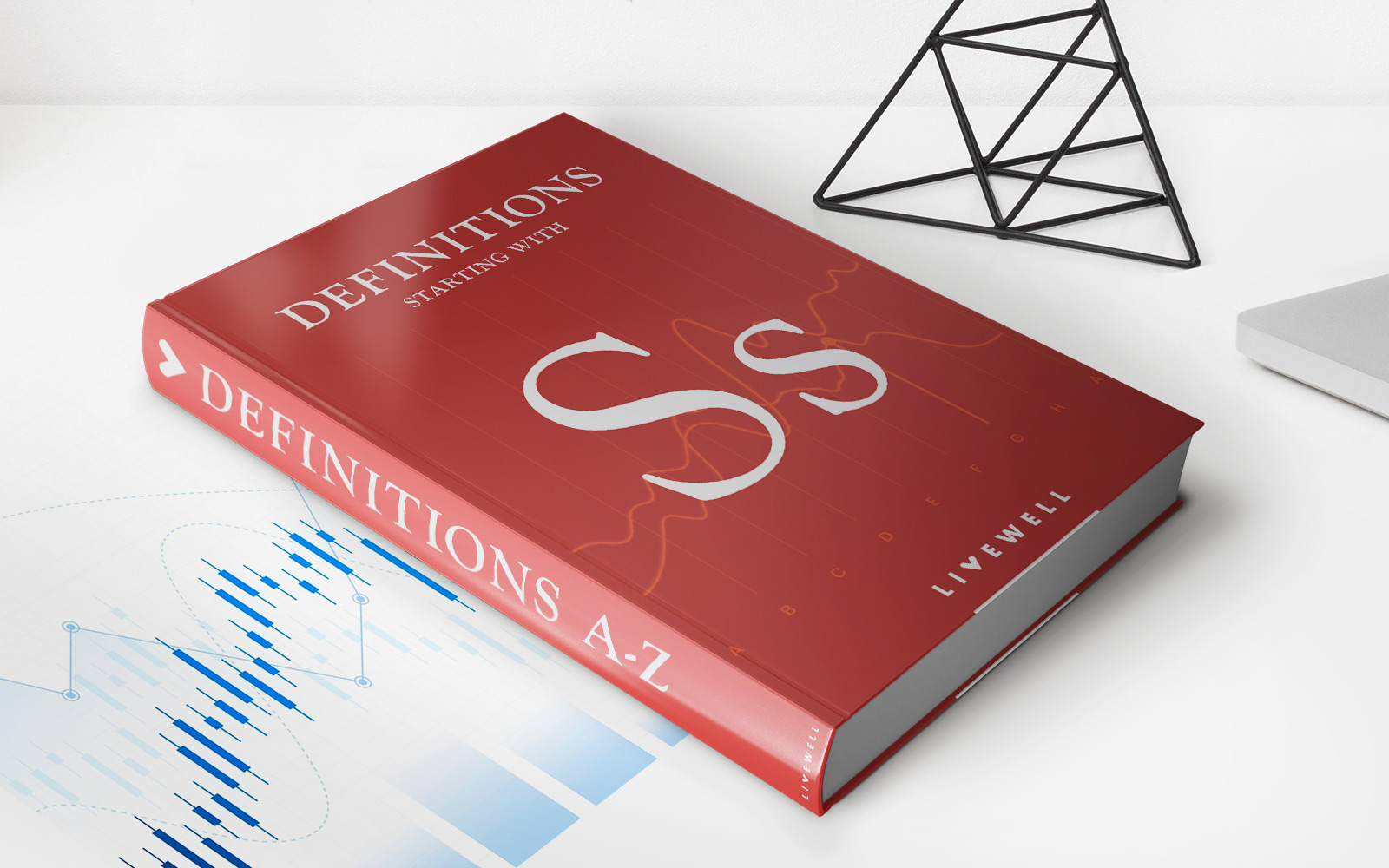

Finance
Shortfall Cover Definition
Published: January 29, 2024
Learn what shortfall cover is in the world of finance and how it can protect you from potential financial losses. Explore the benefits and options available
(Many of the links in this article redirect to a specific reviewed product. Your purchase of these products through affiliate links helps to generate commission for LiveWell, at no extra cost. Learn more)
Understanding Shortfall Cover: Definition and Importance
Welcome to our blog, where we dive into various categories, including finance. In today’s post, we will demystify the concept of shortfall cover. If you’ve ever wondered what exactly it is and why it’s crucial in the world of personal finance, you’ve come to the right place. By the end of this article, you’ll have a clear understanding of shortfall cover and its significance in protecting your financial well-being. So, let’s get started!
Key Takeaways:
- Shortfall cover provides financial protection against unexpected expenses or losses.
- It helps bridge the gap between the actual cost and the amount covered by insurance or other financial provisions.
Now, let’s define shortfall cover in simple terms. Picture this: you have insurance in place to protect your valuable assets, such as your home, car, or health. However, what happens if you encounter a situation where the cost of repairing or replacing your asset exceeds the coverage provided by your insurance policy? This is where shortfall cover comes into play.
Shortfall cover, also known as gap cover or top-up insurance, is an additional financial safeguard that fills the gap between the actual cost and the amount covered by your insurance or other financial provisions. It acts as a safety net to protect you from unexpected expenses, ensuring that you do not bear the full financial burden.
Let’s take a practical example to illustrate the importance of shortfall cover. Say you have comprehensive car insurance that covers damages up to $10,000. Unfortunately, you’re involved in an accident, and the repair cost totals $15,000. Without shortfall cover, you would be responsible for the remaining $5,000 out of your pocket. However, if you have shortfall cover in place, it would cover the additional $5,000, alleviating the financial strain.
Shortfall cover offers peace of mind when you encounter unexpected financial hurdles. Now that we’ve established its definition and importance, let’s summarize the key benefits and considerations:
Key Benefits of Shortfall Cover:
- Financial Protection: Shortfall cover shields you from unplanned expenses, ensuring they don’t eat into your savings or disrupt your financial stability.
- Cost-Efficiency: Paying a small premium for shortfall cover is often more cost-effective than paying a large sum out of pocket in the event of a financial gap.
- Enhanced Insurance Coverage: It complements your existing insurance policies, extending the scope of coverage and providing a well-rounded protection plan.
Considerations for Shortfall Cover:
- Policy Exclusions: Like any other insurance policy, shortfall cover may have certain exclusions and limitations. It’s important to read and understand the terms and conditions.
- Coverage Limits: Different shortfall cover policies have varying coverage limits. Ensure you select a policy that aligns with your specific needs and potential financial risks.
In conclusion, shortfall cover serves as an essential financial tool to protect you from unexpected expenses that may arise when your insurance coverage falls short. By bridging the gap between the actual cost and the amount covered, it provides an added layer of security to your financial well-being. With the key takeaways, benefits, and considerations outlined in this article, you are now equipped with the knowledge to make informed decisions regarding shortfall cover. Remember, financial protection is key, and shortfall cover can be a valuable asset in achieving that goal.

